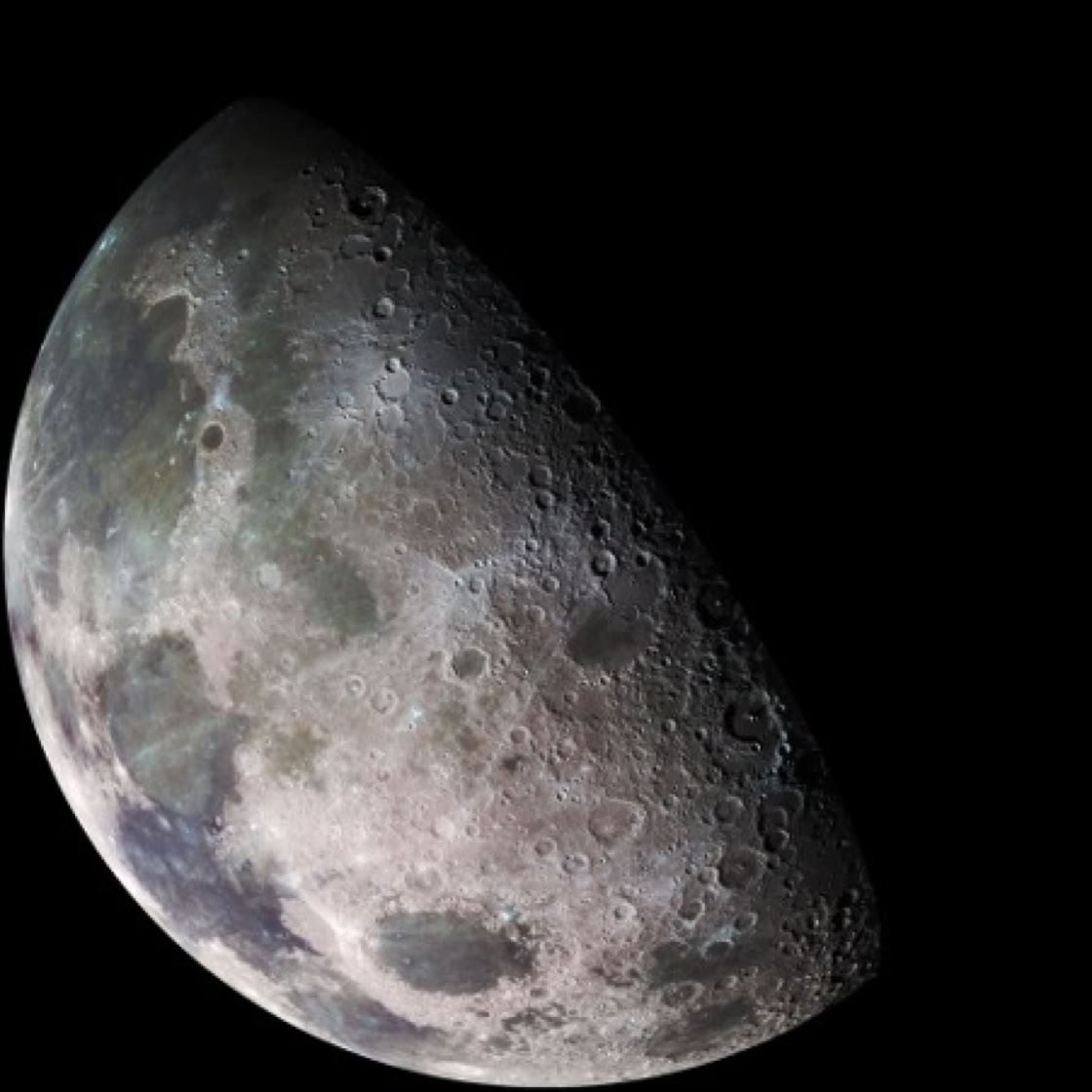by Andrei Militaru, MSc student

Credit photo: https://science.nasa.gov/gallery/moon-images/
Nowadays, the Moon has a weak magnetic field, but analyses of rock samples brought by the Apollo missions, show this might not have always been the case. The samples contain remnants of magnetization whose origin is explained by the presence of a magnetic field, much stronger than the one the Moon currently possesses.
The primary mechanism that could have generated this magnetic field on the Moon is a dynamo effect. The rotation of an electrically conducting core (in the case of the Earth, it’s a molten iron core), generates a magnetic field. However, the core of the Moon is too small to generate such a strong magnetic field, as the one we are looking for.
Attempts to explain this mysterious field have been made over the years, without any conclusive answer… Yet! In may of 2025, a group of researchers from MIT have simulated the impact with an asteroid big enough to create the largest basin on the Moon, and the result may finally put this question to rest.
The impact caused a cloud of ionized particles to envelope the Moon. This cloud would have concentrated on the opposite side of the impact causing the natural magnetic field to be amplified in that region, and finally explaining the magnetic remnants we see today.
The article in its entirety can be found here: https://www.science.org/doi/10.1126/sciadv.adr7401